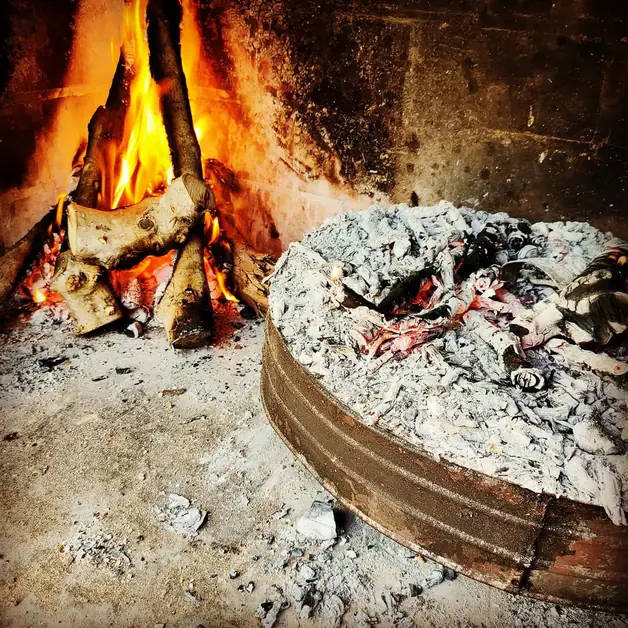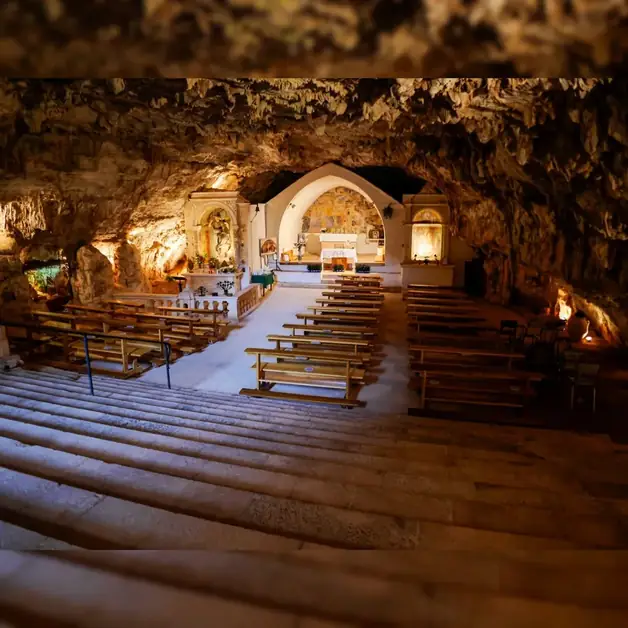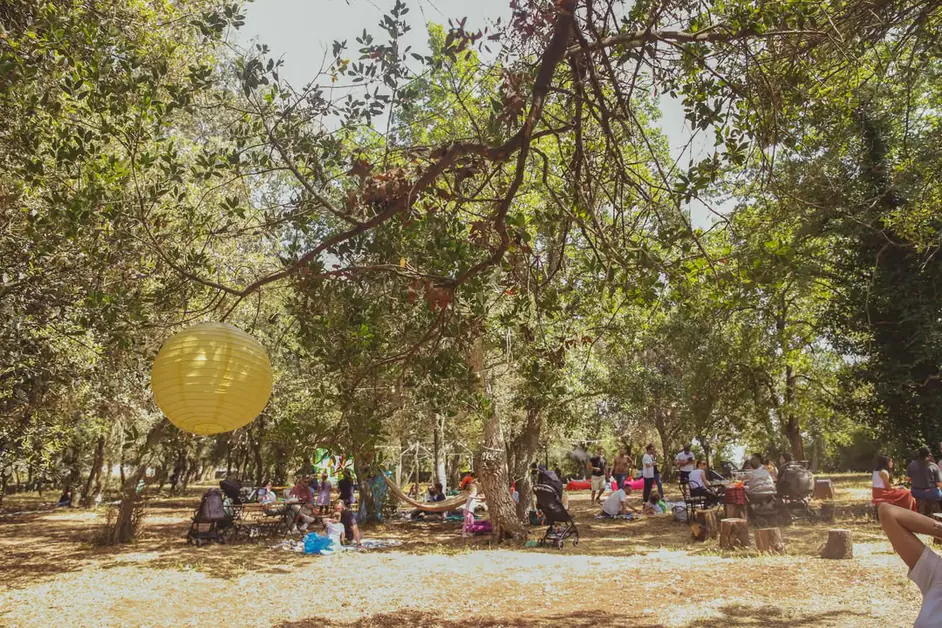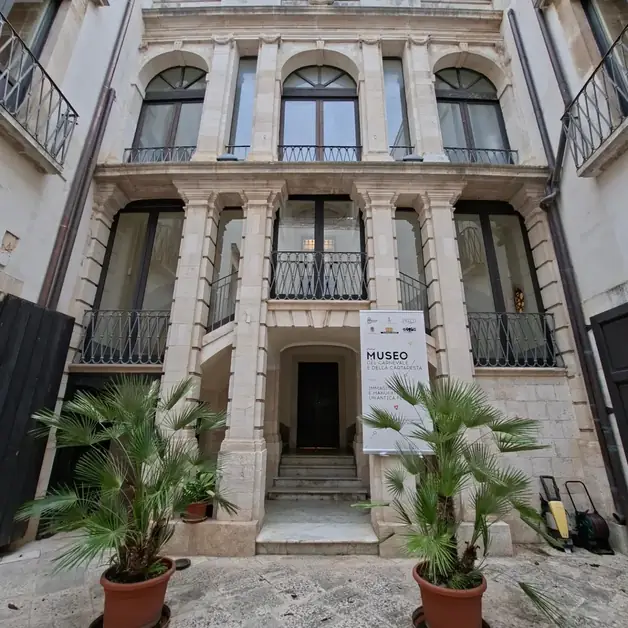Tradition of Putignano Ovens
Putignano preserves a heritage linked to the art of baking with ancient public ovens.

Putignano, a municipality in the metropolitan city of Bari in Puglia, still preserves a heritage linked to the art of baking. In the historic center, there are ancient communal ovens that were made available to those who produced bread, taralli, friselle, and other local specialties. An ancient practice that tells a story of community, work, and food culture.
The oldest public oven is the so-called "Forno Grande," located in the heart of the historic center. Used until the 1960s, this oven features a large stone vault and a structure typical of medieval environments. Here, families from the neighborhood would bring their bread to bake after kneading it at home. Each loaf was marked with a distinctive sign to recognize it after baking.
This oven was a space of social interaction, where women would meet while waiting for their turn, exchanging recipes and stories. Two other important ovens in the urban fabric of Putignano are the Forno Santa Maria, located near the eponymous church, and the Forno Marghilj. The latter is near a farmhouse and still shows its original structure with a large stone mouth and a dome darkened by smoke.
These ovens were mainly used during holidays, for weddings, or religious celebrations. Large quantities of pignate, dishes made from legumes slowly cooked in the wood-fired oven, as well as focaccia, taralli, and typical Apulian friselle, were baked.
The baker's craft was an art passed down from father to son. The most renowned names in the Putignanese baking tradition include masters like Antonio Lapadula, nicknamed "u furner," and the Miccolis family, still active today in the production of artisanal bread. Another important figure is Nicola Santoro, known as "Fornaio San Nicola," who represents one of the last living examples of traditional baking. His hands have shaped quintals of bread, using a technique that blends experience and love for his land.
In Puglia, bread is much more than food: it symbolizes sharing, hospitality, and family. In public ovens, bread was not only baked but also narrated. Recipes varied from family to family, but the act of sharing was common to all. Tradition holds that bread was made with durum wheat semolina, sourdough, and baked on stone. The crust was golden and crunchy, while the inside was soft and fragrant. Even today, many local bakeries strive to reproduce that authentic flavor.
In recent years, interest in these ancient ovens has grown. Some have been restored and are opened to the public during events and guided tours. Forno Grande, for example, has become an integral part of the tourist routes in the historic center. Events like the "Cammino del Pane" or days dedicated to ancient gastronomic traditions allow visitors to discover not just a place but a world made of ancient gestures and timeless flavors.
The historic ovens of Putignano represent a unique cultural and gastronomic heritage. They tell the story of a hardworking community, tied to the rhythms of the land and the values of sharing. Preserving and enhancing these places means not only safeguarding the past but also offering future generations a concrete example of sustainability, respect, and food culture.




